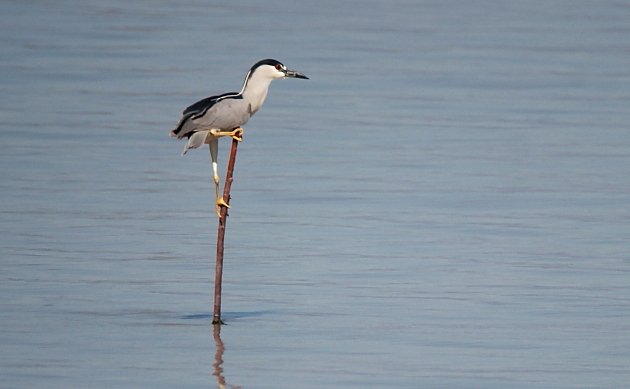
This post was originally published on July 17, 2019. It is republished in our “From the Archives” series, featuring highlights of our vast back catalog of more than 10,000 birding-related posts published over the last 15 years or so.
In spite of being cosmopolitan birds, found on seven of the nine continents, Black-crowned Night Herons are pretty special birds. How do they manage to look so handsome, and yet so awkward, at the same time? This one, seen at Lake Cuitzeo in central Mexico, makes me think of a giraffe wearing a tuxedo:
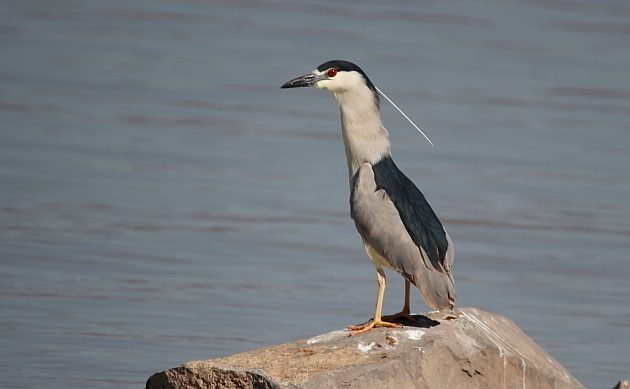
Now, most of the time this middling photographer can only hope to get a clear photo of a bird, not too far away, and at a good angle. But every once in a while, the birds actually do something that tells a story. This is exciting, because you can’t talk wild birds into following a script.
So it was pretty cool to have the above Night Heron pose so nicely. But it was way cooler when three adults, for some reason, all decided they had to land on the very same stick. It didn’t look like that special of a stick to me, but then, I’m not a Night Heron.
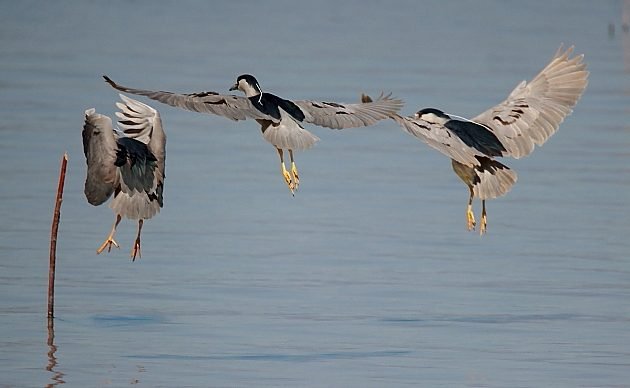

No, these are not time-lapse photographs. Three birds, in real time.
One heron had the good sense to abandon his quest quickly. Another refused to give up, which led to a bit of a tussle. That must be a primo stick!
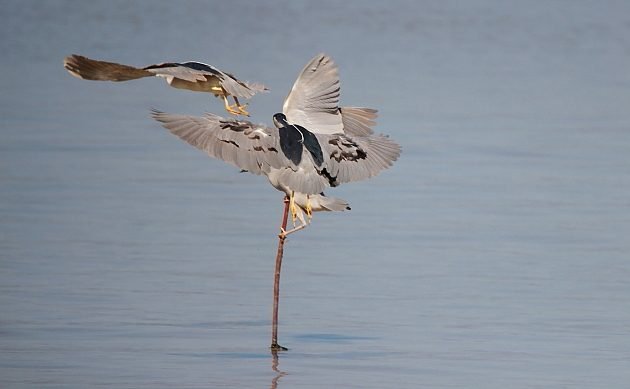
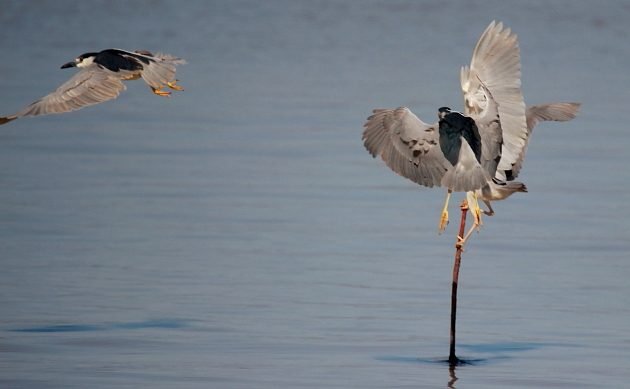
Finally, the late-comer decided to let the stick’s rightful owner take his place. And balance was returned to the universe.
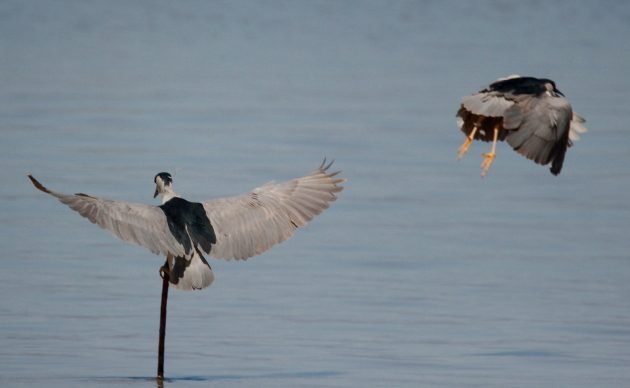
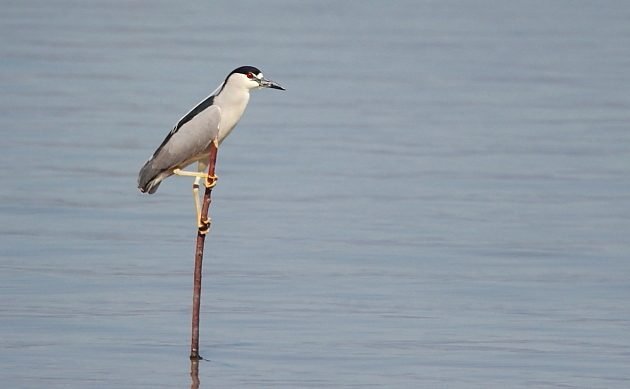
May we each find our own special stick.

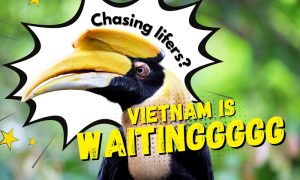
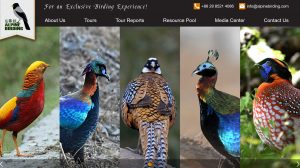
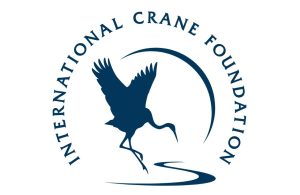







Leave a Comment